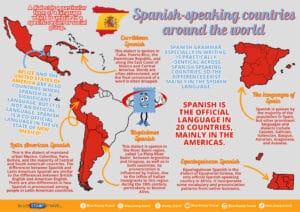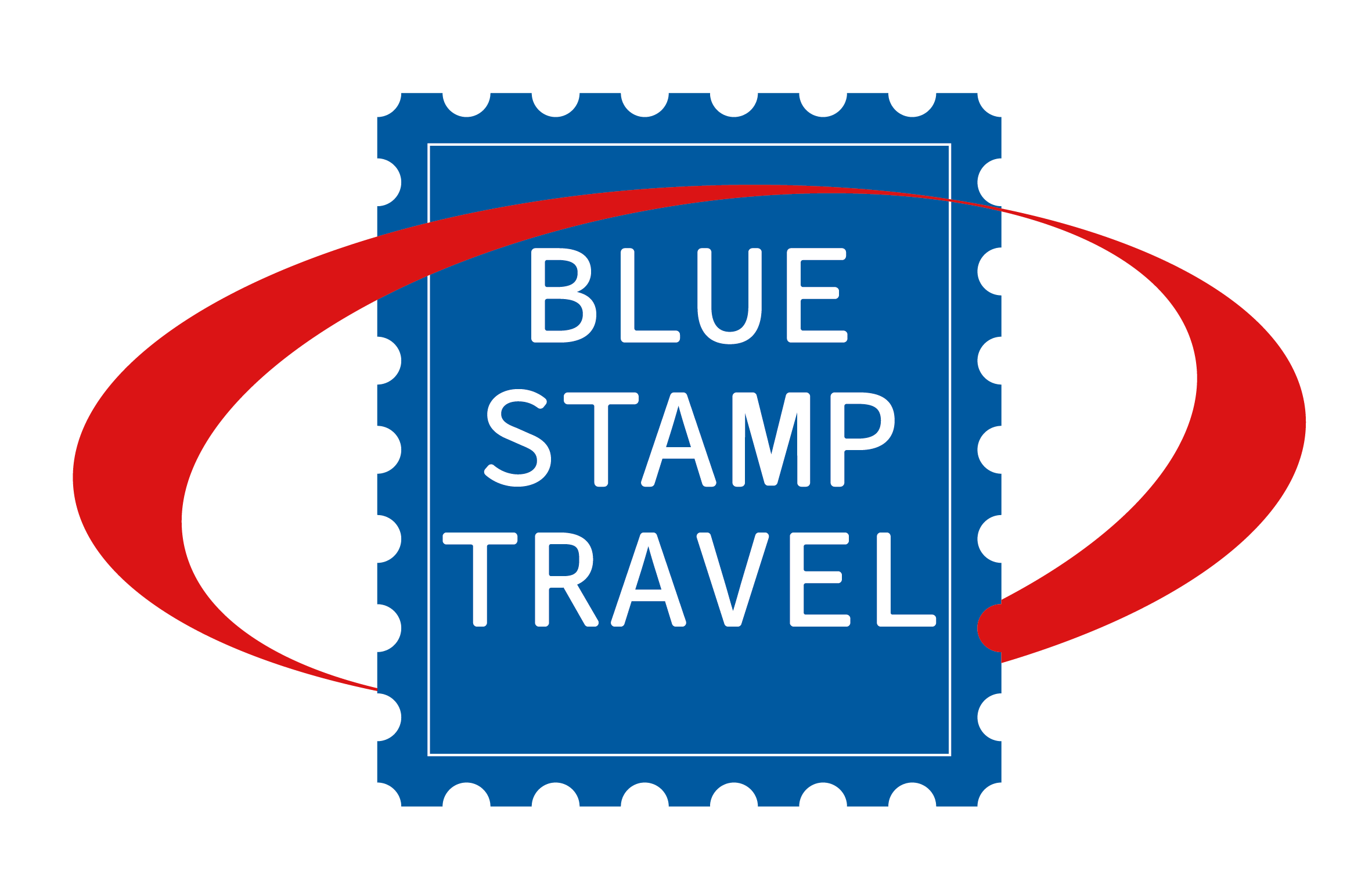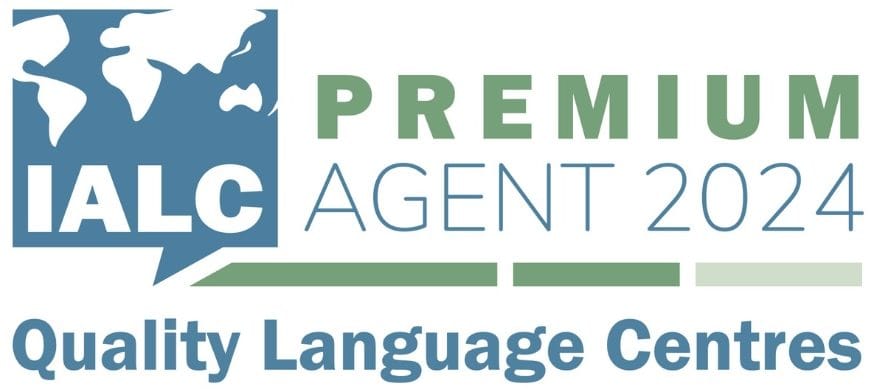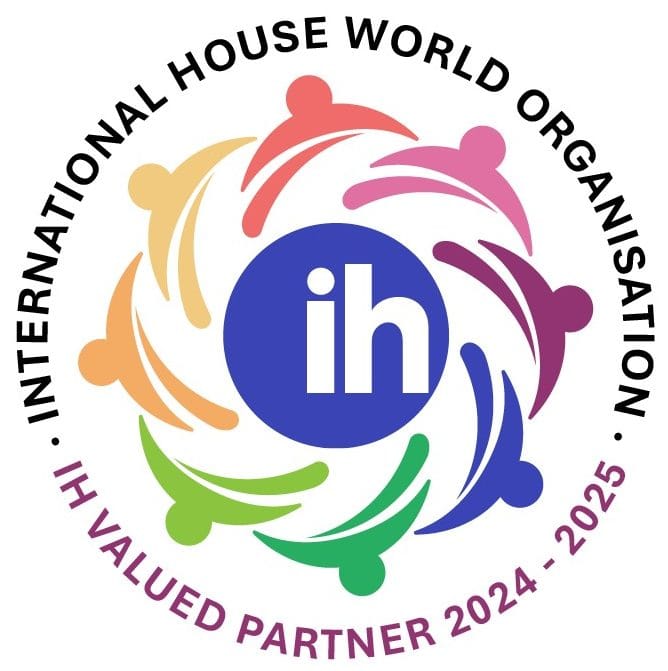What Are the Romance Languages?
When you hear the phrase Romance Languages, you might think of love, passion, roses and chocolates. But the term actually has more to do with the history of the Roman Empire. These languages are called “Romance” not because they’re inherently romantic, but because they all grew out of Latin, the language once spoken across Rome’s empire.
So, what exactly are the Romance Languages, where did they come from, and why are they still so widely spoken today? Let’s explore history, culture, and travel to reveal their story.
Why Are They Called Romance Languages?
The name comes from the Latin word rōmānicus, meaning “Roman.” Latin was the everyday language of the people in ancient Rome, and as the empire expanded, it spread across Europe. Over centuries, this “Vulgar Latin” (from vulgus, meaning “the common people”) evolved into distinct languages.
So, the “romance” in Romance Languages refers to Rome. But thanks to their lyrical sounds and melodic rhythms, many people would argue they are some of the most romantic-sounding languages in the world.
Where Do They Come From?
As Rome grew, its language mixed with local dialects across Europe – Spain, France, Portugal, Italy, and beyond all absorbed Latin into their own cultures. When the empire eventually collapsed in the 5th century, communities became more isolated, and their languages began to branch off.
That’s how we ended up with modern Romance Languages like Spanish, French, Italian, Portuguese, and Romanian – all related yet distinct in their own ways.

Which Romance Languages Do We Speak Today?
The big four are instantly recognisable:
Spanish: Spoken by hundreds of millions across Spain and Latin America.
French: The language of love, also widely spoken in Africa, Canada, and beyond.
Italian: Known for its musical rhythm and strong cultural ties to art, opera, and cuisine.
Portuguese: The language of Portugal and Brazil, with a growing influence worldwide.
There’s also Romanian, which often surprises people by being part of the same family, and dozens of regional dialects like Catalan, Sicilian, and Occitan.

How Many People Speak Them?
Today, more than 20 Romance languages are still spoken, with a combined total of well over a billion speakers worldwide. Spanish alone has more than 500 million speakers, French over 270 million, and Portuguese over 250 million. That means if you’re travelling, chances are you’ll come across a Romance Language almost anywhere you go.
Romantic Tones
Even though their name comes from Rome, it’s easy to see why Romance Languages are associated with love. Their flowing sounds and expressive tones make them popular for travel, art, film, and romance.
Here are five ways to say “I love you”:
Spanish: Te amo
French: Je t’aime
Italian: Ti amo
Portuguese: Amo você
Romanian: Te iubesc
Why They Matter for Travel
For travellers, Romance Languages are some of the most useful to learn. They open doors across Europe, South America, and parts of Africa. Plus, because they’re all connected through Latin, learning one often makes it easier to pick up another.
Looking to improve your Romance language skills? If you’re studying French or Spanish, why not consider a study travel package abroad with Blue Stamp Travel? Langauge learning outside of the classroom, through cultural immersion and communicating with native speakers, is one of the most effective ways to learn. Visit Our Services page to explore our exciting range of destinations and packages.













